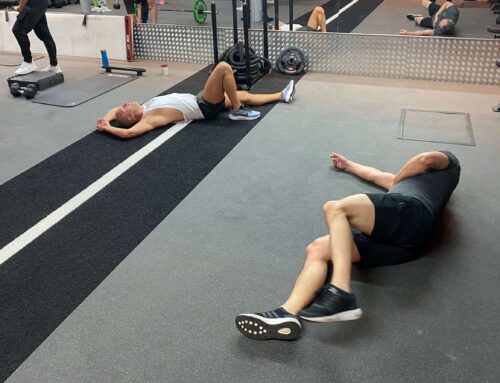In this 3 part series of Get Healthy, we talk about the foundations to good health: breathing techniques, digestion & sleep. Before you read on, understand that all 3 areas are closely linked and can easily affect one another.
Part 1 – Breathing
I know what you are thinking. I breathe, If I didn’t I would die. So why do I need to read on?
Well, It is how you breathe that we want you to become aware of.
Breathing is controlled by the automatic nervous system (ANS), which is then sub divided into the parasympathetic and sympathetic nervous systems.
Parasympathetic Nervous System = REST & DIGEST
Sympathetic Nervous System = FIGHT OR FLIGHT
The way you breathe is a response to which nervous system dominates. Understanding these systems and how your body responds to them, will allow you to assess how you are coping within your current environment.
In our experience, we believe that the majority of city workers spend too much time in fight or flight mode and not enough time in rest and digest mode. Long term this plays havoc with your health. Below is a shortened list of how your body responds to each nervous system:
| PARASYMPATHETIC NERVOUS SYSTEM | SYMPATHETIC NERVOUS SYSTEM |
|---|---|
| REST & DIGEST | FIGHT OR FLIGHT |
| Counterbalance: restores body to state of calm | Body speeds up, becomes more alert, bodily functions not critical to survival shut down |
| Decreases heart rate | Increases heart rate |
| Muscles relax | Muscles contract |
| Gastrointestinal tract: Increases stomach movement and secretions | Gastrointestinal tract: Decreases stomach movement and secretions |
| Does not release adrenalin | Releases adrenalin |
| Deep, slow breathing | Shallow & fast breathing |
Fight or Flight Breathing
Short & fast chest breathing is the response of a dominant sympathetic nervous system. This is best demonstrated by Leonardo DiCaprio as he responds to the stress of Black Friday in the film, Wolf of Wall Street. Take note of the shoulder movement associated with chest dominant breathing. Shoulder and neck pain can stem from this type of breathing.
Rest & Digest Breathing
There are many different breathing techniques out there to help activate the parasympathetic nervous system. Before you start to practice it is important that you learn to effectively breath with your diaphragm and feel 360° expansion of your ribs cage when you inhale. In the next video I will show you how:
If you are struggling to feel your ribs fully expand when inhale, particular then positional breathing is a great way to improve this sensation
Visualise filling up the lower part of your lunges, expanding 360 degrees just above your belly button. Tempo should focus on exhaling taking longer than inhaling. Try 3s inhale, 1s pause, 5s exhale with a 1s pause.
Wim Hoff Method
If you haven’t heard of Wim Hoff then click on the link below to find out more about “The Iceman”.
Rachel and I have been practicing the guiding breathing technique in his app for some time now and what we noticed early on was how it was setting us up for a deeper more restful sleep. In the video below I take you through one cycle of the technique (we normally do 3 cycles). Download his app (its free), give it a go.
If you feel that you are getting tense, anxious and not coping with what the day is throwing at you. Then take 5 minutes and implement some of the breathing strategies above.
Any questions about this post please get in contact






